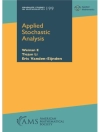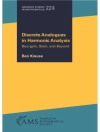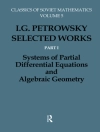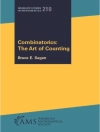Carefully separating the essential from the ornamental, Essentials of Control Techniques and Theory presents the nuts and bolts for designing a successful controller. It discusses the theory required to support the art of designing a working controller as well as the various aspects to convince a client, employer, or examiner of your expertise.
A Compelling Account of the Basics of Control Theory
Control solutions for practicing engineers
Using the author’s own Javascript On-Line Learning Interactive Environment for Simulation (Jollies), the text relies on computer-based graphical analysis methods, such as Nyquist, Nichols, root locus, and phase-plane, to illustrate how useful computer simulation can be for analyzing both linear and nonlinear systems. It explains step-by-step the design and modeling of various control systems, including discrete time systems and an inverted pendulum. Along with offering many web-based simulations, the book shows how mathematics, such as vectors, matrices, and the differential equations that govern state variables, can help us understand the concepts that underpin the controller’s effects.
From frequency domain analysis to time-domain state-space representation, this book covers many aspects of classical and modern control theory. It presents important methods for designing and analyzing linear systems and controllers.












